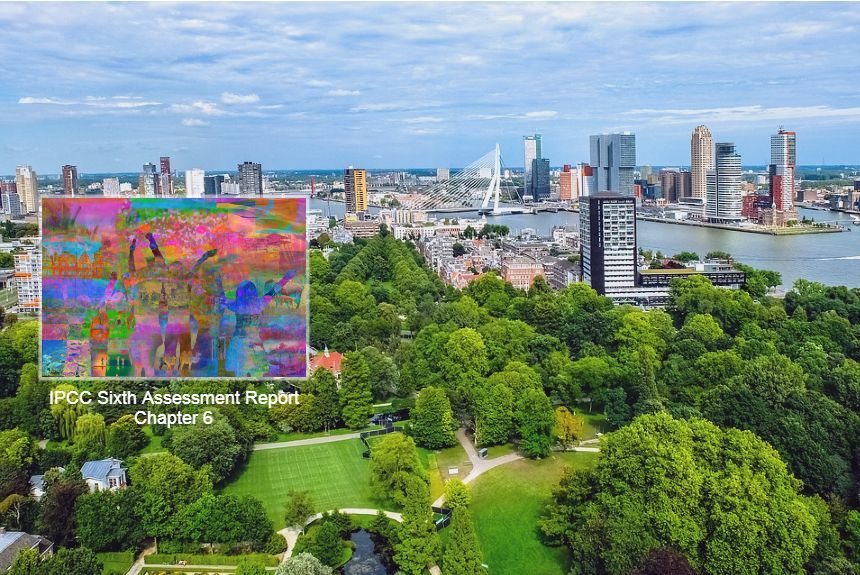This blog post features the IPCC WGII Sixth Assessment Report’s Chapter 6.
Chapter 6 of the Working Group II contribution to the IPCC Sixth Assessment Report discusses climate change impacts and risks to cities, settlements, critical infrastructure, and climate adaptation.
The chapter presents insights and solutions on how they can mitigate and adapt to the increasing threats from the changing climate.
In almost every part of the world, unprecedented changes to the climate are affecting all life forms. The IPCC 2022 report on Impacts, Adaptation and Vulnerability assesses the complex interactions between climate change and risks for nature and people today and into the future and presents options for climate adaptation.
The report shows how climate change affects species and ecosystems and whether they can adapt or not. It also looks at how climate change will affect the most precious resource – water and food security and production and how we can manage these risks.
The report assesses the challenges of people living in urban and rural areas and how infrastructure and urban planning can help residents adapt and build resilience against climate change impacts.
Cities are home to the majority of the earth’s population. It houses 4.2 billion of them, climate change vulnerability in urban areas are growing mainly in informal settlements with low adaptive capacity. Much of the rapid growth in urban population is found in less developed regions.
A single hazard can become compounded, leading to cascading events. For example, when floodwater damages the power infrastructure and networks, it can knock on financial systems.
Climate impacts disproportionately affect the poor, people with low education and ability, women, and those belonging to the minority in terms of race or ethnicity. Hence, adaptation for urban and infrastructure need to involve members of the most vulnerable groups.
The urban population is projected to grow by 2050; by this time, 2.5 billion more people will be living in cities, with 90% of this increase concentrated in Asia and Africa. Cities will face risks from sea-level rise, heat, increases in tropical cyclones, storm surge, intense rainfall, and coastal flooding.
The number of population in cities who will be at risk of droughts and water scarcity will grow as temperature rises – 350 million at 1.5°C and 410 million at 2°C of warming.
Although cities have developed climate adaptation plans, only a limited number have been implemented. Most of these plans focus on climate risk reduction and miss opportunities to advance co-benefits of climate mitigation and sustainable development. Barriers to implementing climate strategies that address interconnected risks include lack of political will, limited finances, and competing priorities.
The most significant gains in well-being in urban areas can be achieved when investment prioritises reducing climate risk for the most vulnerable populations in cities, such as the low-income, marginalised, indigenous, and informal settlers. These people should be included and heard during the formulation of climate adaption plans and their implementation.
Click the link below to read Chapter 6 and know how cities, settlements, and critical infrastructure can build climate resilience and effectively adapt to climate change:
ARTWORK CREDIT: A Borrowed Planet – Inherited from our ancestors. On loan from our children. by Alisa Singer. Source: IPCC Sixth Assessment Report



Leave a Reply